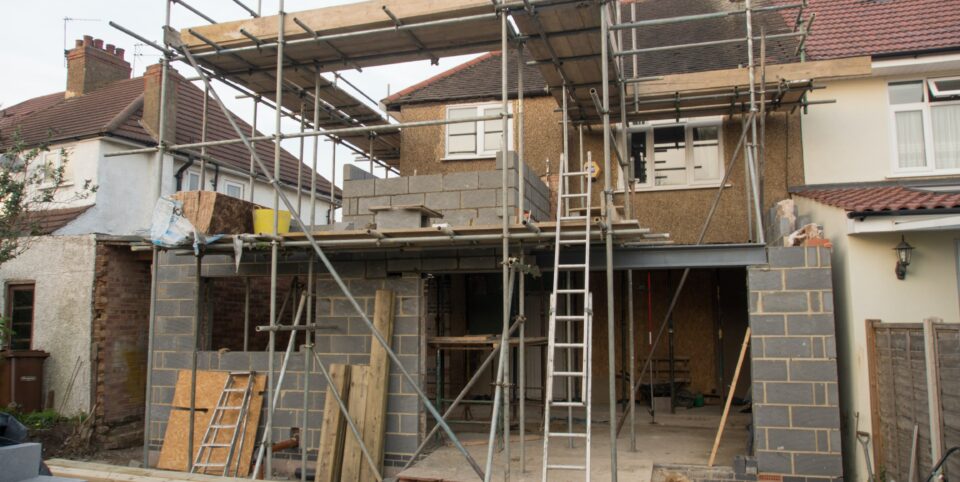Contact
020 4515 6728
info@ccameron.co.uk
Charles Cameron & Associates
Blackfriars Foundry
154-156 Blackfriars Road
London SE1 8EN
Has the government met its target of building 300,000 homes per year?
October 12, 2020
Information published was correct at the time of writing
The UK has a housing problem.

Thanks to a mixture of stringent planning laws, extensive green belts around big cities and NIMBY-ism (the ‘Not In My Back Yard’ desire to keep developments away from your own home), we’re not building enough homes in the places that need them.
This leads to housing inflation, especially in the south-east, and makes it particularly difficult for first-time buyers to get on the property ladder.
In 2017, the then chancellor Philip Hammond announced that the government aimed to build 300,000 homes per year. But has it come near that figure?
There’s been some progress. According to the National House-Building Council (NHBC), 161,022 new homes were registered in 2019, making it the best year for new housebuilding since 2007. That figure is an 81 per cent increase on the 88,849 registered in 2009. However, it’s only a one per cent rise on 2018 – and just over halfway to the 300,000 target.
In August, the government announced a “once in a generation” overhaul of planning regulations to speed up the housebuilding process, which currently takes an average of seven years per development.
According to its white paper, land will be classified into categories of ‘growth, ‘renewal’ or ‘protection’. On ‘growth’ land, construction companies will be able to build homes automatically, even if local residents object. Areas in the ‘renewal’ category will receive ‘permission in principle’, while those designated for ‘protection’ will not.
In its Planning For The Future presentation, it says: “We are cutting red tape, but not standards. This Government doesn’t want to just build houses. We want a society that has re-established powerful links between identity and place, between our unmatchable architectural heritage and the future, between community and purpose.”
Minor housebuilders will also receive help. Small building sites will become exempt from so-called ‘106’ payments towards council infrastructure like schools, which are often a condition of getting planning permission – and put off small- and medium-size constructors from taking on housing projects.
The government wants to reach the 300,000 figure by 2025, signs are promising. According to the Financial Times, in July the UK building sector saw the strongest rise in activity in five years.
Not everyone is convinced by the new planning reforms, with critics claiming the proposals will lead to a slew of lightly-regulated properties that don’t match current standards.
As well as promoting housebuilding, the Government want us to make our homes more environmentally-friendly. That’s why it’s launching the Green Homes Grant scheme, which gives homeowners a voucher worth up to £5,000 to spend on home energy improvements – such as insulation – that improve the environmental performance of their properties (see also – what is a green mortgage?)



